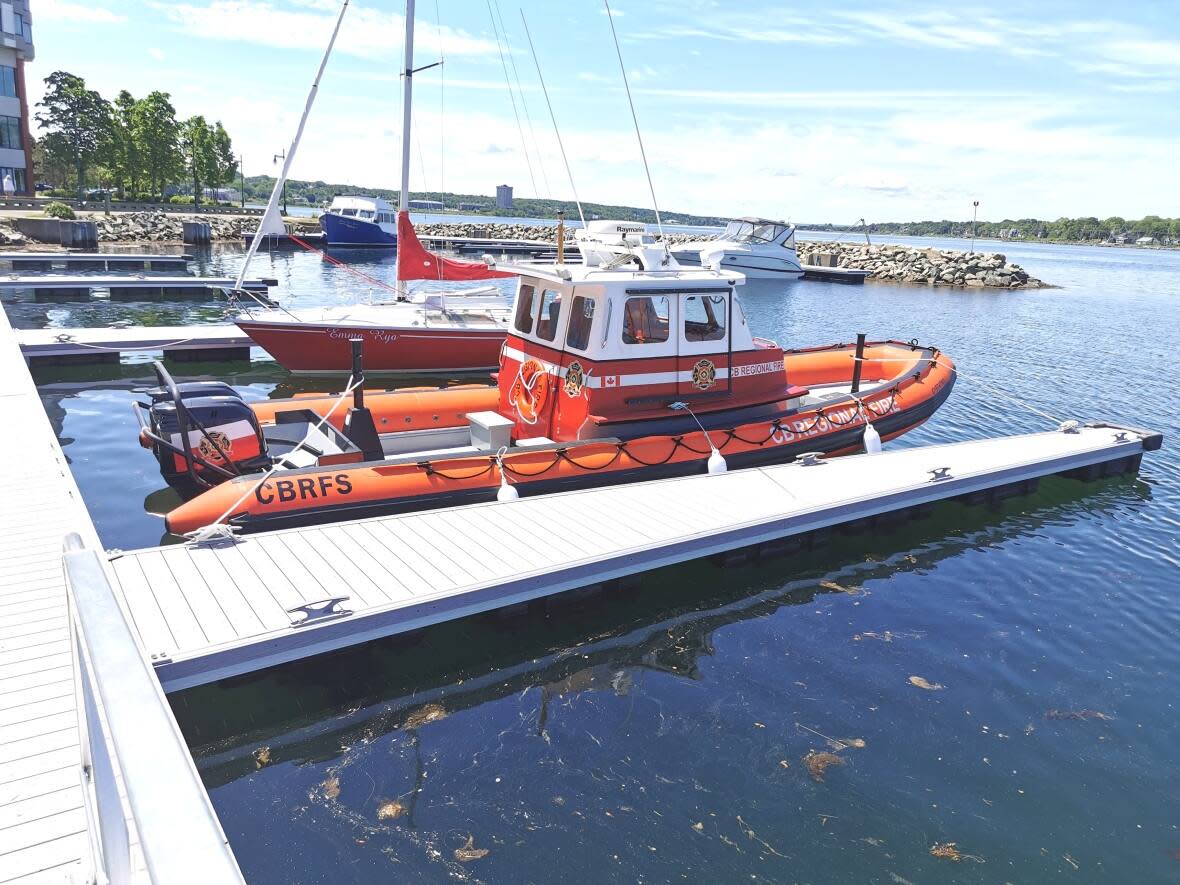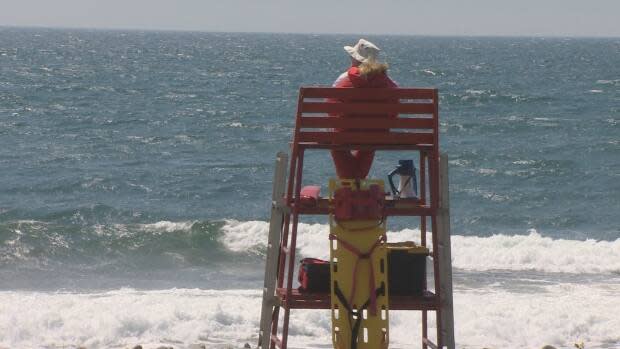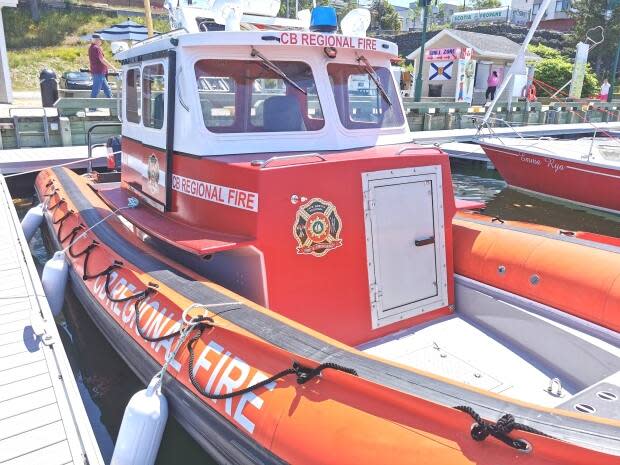Drownings and near-misses prompt water safety warning in Nova Scotia

As warm weather draws residents and tourists to beaches, rivers, and lakes this summer, the Life Saving Society of Nova Scotia is reminding people to keep water safety in mind in light of recent drownings in the province.
In the past week, a young man died during a kayaking trip in Antigonish County, and a woman died while tubing on the Margaree River in Cape Breton.
There was another close call off the coast of North Sydney's Indian Beach in Cape Breton.
On Friday afternoon, two youth were clinging to a small inflatable pool dinghy that was swept about 600 metres offshore.
"The youth did say that they thought they were going to drown, the floatie was losing air rapidly. It was a scary situation," Chris March, deputy chief of the Cape Breton Regional Fire Service, told CBC's Information Morning Cape Breton Wednesday.
Luckily, the Cape Breton Regional Fire Service's water rescue group was paged and first responders arrived on scene within 17 minutes. March said seven minutes after that, the kids were out of the water, into the boat, and back on shore.
"The outcome could have been drastically different," he said.
March credits the rescue boat crews for the quick response and reminds families to be cautious of changing currents.
"We really shouldn't be using residential and leisure pool items for larger waterways because our waterways can take off pretty quick and so goes the individuals," March said.
Offshore winds

Floatation devices that sit up out of the water can be easily caught by wind and pushed around, according to Michael Melenchuk, executive director of the Life Saving Society of Nova Scotia.
"In Nova Scotia, we have strong currents and we have offshore breezes that can quickly take you into deeper water or take you to a place that you weren't planning on going," Melenchuk said.
He said getting back to shore can be difficult.
"It's scary for the kids, it's very scary for the parents," Melenchuk said.
His society recommends swimmers familiarize themselves with waterways before swimming or embarking on recreational devices like floaties or tubes.
"We often will take a tube and go into a river and if we don't know anything about the river, then we don't know if the currents are strong or weak or if the water is deep or shallow," he said. "So knowing the area that you're going to get into the water is very, very important."
Risk factors

Approximately 438 Canadians drowned between 2013 and 2017, according to the Life Saving Society, a water safety organization that aims to prevent drownings and water-related injuries through training programs across Canada.
The majority of water-related fatalities in Canada happen in natural bodies of water like lakes, ponds, rivers, and oceans.
Two-thirds of all drownings happen during a recreational activity, according to the national drowning report.
Drinking alcohol, not wearing a life jacket, and a lack of supervision for children are all risk factors.
"Nearly half of the drownings in our province have some alcohol use associated with them," Melenchuk said. "We have to make sure that we're staying sober when we're in, around, and on the water."
Melenchuk said that although there are a number of supervised beaches in the province with lifeguards and safety equipment, it's still important for parents to watch their children closely while they're around water.
"Within arm's reach — that's how close we should be when our kids are in the water, enjoying the ocean or the lakes or a river," he said.
MORE TOP STORIES


